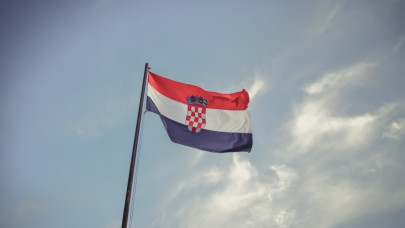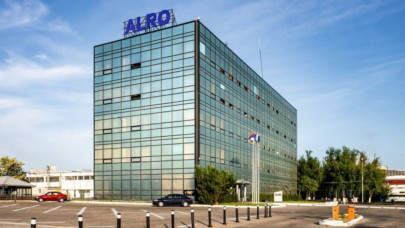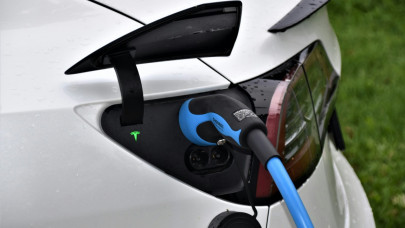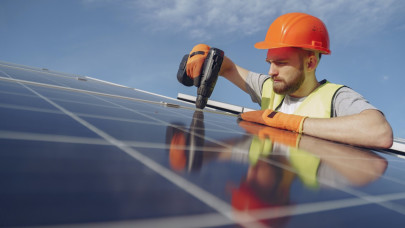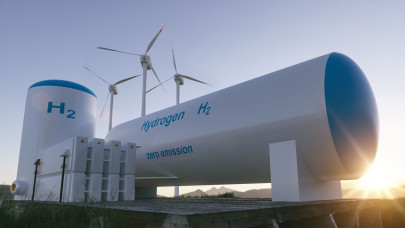The funding instrument is intended to mitigate potential negative effects on households generated by the introduction of the ETS 2 carbon taxation mechanism. This new mechanism of taxing fossil fuels used for heating households and in road transport will be applied in the EU from 2027. The funds will need to be used for investments that support vulnerable groups, citizens facing energy or transportation poverty, as highlighted by the Center for the Study of Democracy (CSD), the initiator of the Romanian Energy Poverty Observatory (ORSE), in a report on the effects of implementing ETS 2 on countries in the region, published today.
The report "Identifying Vulnerability to ETS 2 in the Central and Eastern Europe Region based on the Examples of Romania and Poland. Recommendations for Social Climate Plans" was conducted by CSD together with non-governmental organizations from Poland (WiseEuropa) and Germany (Adelphi, Berlin).
According to the report, Central and Eastern European member states need special attention in the context of implementing ETS 2 and the Social Climate Fund. They have their patterns of energy and transportation vulnerabilities. Lower incomes than the EU average, a large stock of old and energy-inefficient buildings, and dependence on polluting fuels for heating are all common characteristics throughout the region. Moreover, in these countries, a large part of the population still lives in rural areas, in thermally inefficient houses, without financial resources to insulate them, and caught in the use of inefficient fuels for heating. All these lead to high levels of energy poverty.
"In Romania, households using gas-based devices for heating homes and already experiencing energy poverty will be the most vulnerable to ETS 2. However, other types of households will be indirectly impacted by the ETS 2 system. Therefore, a major challenge is to develop programs tailored to the energy needs of low and medium-income households that are vulnerable to any price increases. These households are already in precarious situations or at high risk of energy poverty if they do not benefit from long-term interventions. One of the most important tasks for the authorities in the coming period is to identify and profile the households that will be most affected. This €6 billion funding that Romania will benefit from will create a major opportunity to reduce the high rate of energy poverty recorded nationally if the vulnerable consumer categories are correctly identified," said Andreea Vornicu, a researcher at the Center for the Study of Democracy and co-author of the study.
To access the funds available through the Social Climate Fund, beneficiary states must develop clear and comprehensive action plans by mid-2025, identifying households vulnerable to rising energy bills, as well as vulnerable transportation users.
Investments will target:
- Decarbonization of heating and cooling systems or reducing energy used by buildings, including integrating renewable sources;
- Accelerating the adoption of zero-emission mobility, including refueling and recharging infrastructure, transitioning to public transportation, and developing multiple transportation modes;
- Measures to provide financial support to low-income households in buildings with the lowest energy performance and to address the social impact of ETS 2 carbon pricing on low and medium-income transportation users.
- Impact of ETS 2 on consumers in Romania.
In Romania, 37% of households were in energy poverty in 2022, after spending over 10% of their income on energy bills (electricity and heating), according to CSD models based on data from the Family Budget Survey conducted by the National Institute of Statistics. Therefore, any additional increase in natural gas prices, such as that generated by ETS 2, would bring additional costs reflected in energy bills. Thus, for €70 per ton of CO2, the total expenses of a household will increase by up to 5%, according to estimates in the report published today by CSD. For those with medium incomes, the additional expenses will be largely related to heating.
Households in the first two income deciles (thresholds) are the least affected, as these households primarily use wood for heating, fuel not included in ETS 2. However, these households will be indirectly affected because any increase in gas prices will lead to increased demand and, consequently, higher prices for alternative fuels, including wood. This effect was recorded in Romania in the winter of 2021/2022 when wood prices increased and government attempts to mitigate the effects remained ineffective (the capped price of legal wood led to an increase in prices in the unregulated market).
Regarding transportation, the greatest impact, around 4% on total expenses, would be felt by households in the highest income deciles, according to the report published by CSD. This result is consistent with the fact that high-income households tend to use personal cars for daily commuting more than low and medium-income households. However, special attention should be paid to the mobility of consumers in the first income deciles, where the reduced impact may conceal limited mobility and the need for better public transport infrastructure and services.
Therefore, the report includes a series of recommendations for the proper implementation of reforms at the national level:
- Identifying vulnerable households that will be directly and indirectly affected by ETS2;
- Developing personalized policies, focusing on thermal rehabilitation programs, including for rural populations and medium-income households;
- Developing a government-level working structure that can coordinate the design and implementation process of the climate social plan;
Strengthening the administrative capacity of relevant national and local authorities; - Organizing consultations on climate social plans as soon as possible, involving a wide range of stakeholders to increase social awareness and commitment to using funds as effectively as possible;
- Ensuring transparency in fund disbursement and an efficient mechanism for monitoring their use.
The report "Identifying Vulnerability to ETS 2 in the Central and Eastern Europe Region based on the Examples of Romania and Poland. Recommendations for Social Climate Plans" was conducted as part of the "Facilitating Socially Just Carbon Pricing in Central and Eastern Europe" project, part of the European Climate.
Initiative (EUKI) of the German Federal Ministry for Economic Affairs and Climate Action (BMWK). The document can be consulted on the website of the Center for the Study of Democracy.
The Romanian Energy Poverty Observatory (ORSE) is a project initiated by the Center for the Study of Democracy, a think-tank established in 2006 within the Department of Political Science, Faculty of Political, Administrative and Communication Sciences, Babeș-Bolyai University in Cluj, where it operates as an accredited research center.



